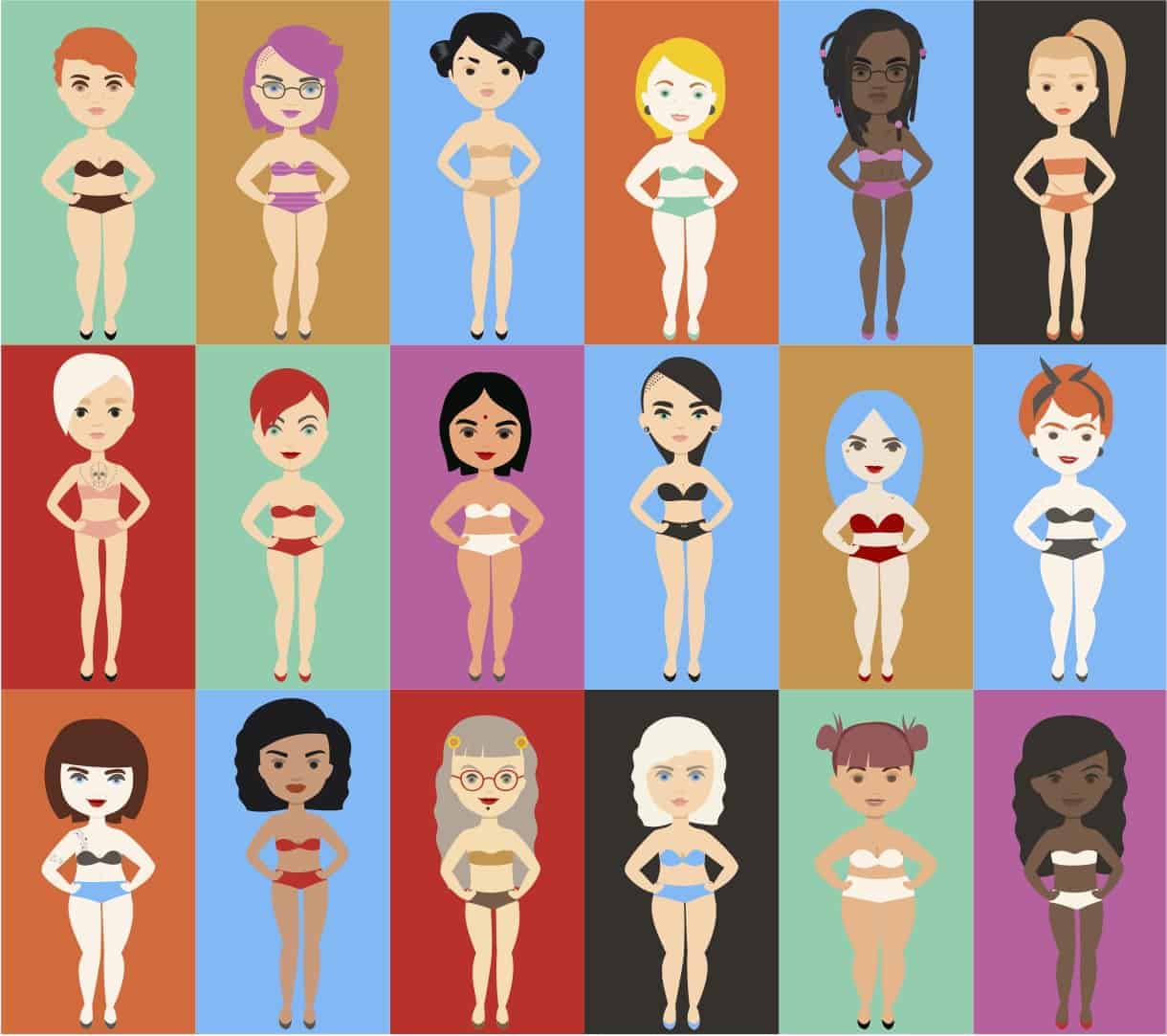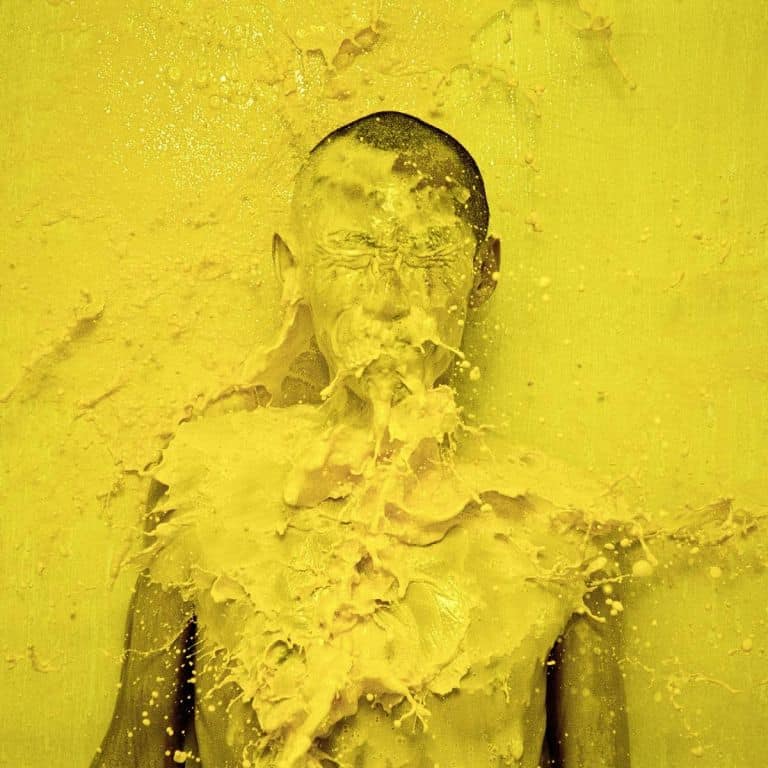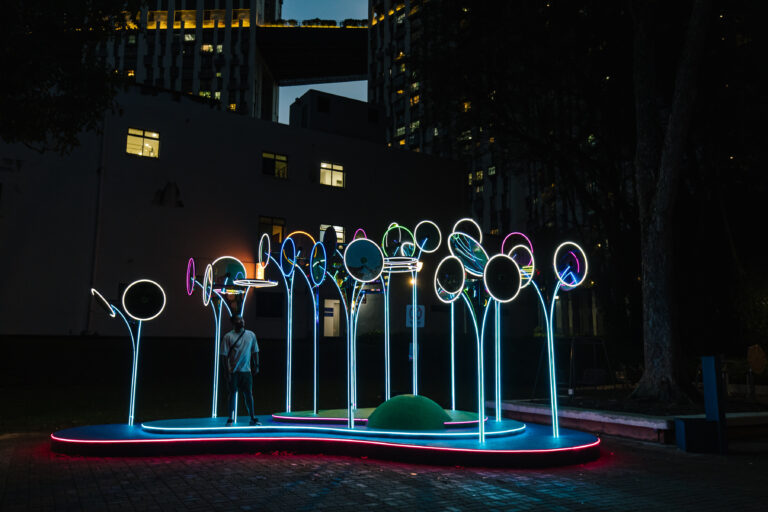You can buy your hair if it won’t grow
You can fix your nose if he says so
You can buy all the make-up
That M.A.C. can make, but if
You can’t look inside you
Find out who am I to
Be in the position to make me feel
So damn unpretty
90s R&B girl group TLC’s hit song, Unpretty, is a meditation on women’s self-worth and how we are expected to transform ourselves to meet unrealistic beauty standards. The video for the song highlights the dark side of the pervasive culture of body-shaming that women face, with two vignettes. In the first, a slender, petite Rozonda “Chilli” Thomas (one of the three members of TLC) sits with a man, presumably her boyfriend, looking at a plastic surgery clinic’s website, considering breast enhancement surgery and the appropriate breast-implant size she might want to get. The one that gets the guy’s smile of approval? 38DD! In the second scene, a young woman is shown pasting photos of herself onto images of model’s bodies cut from magazines. Then, feeling the shame of it all, she binge-eats while crying and then runs to the bathroom and vomits into the toilet bowl. Yes – it’s definitely NOT pretty!
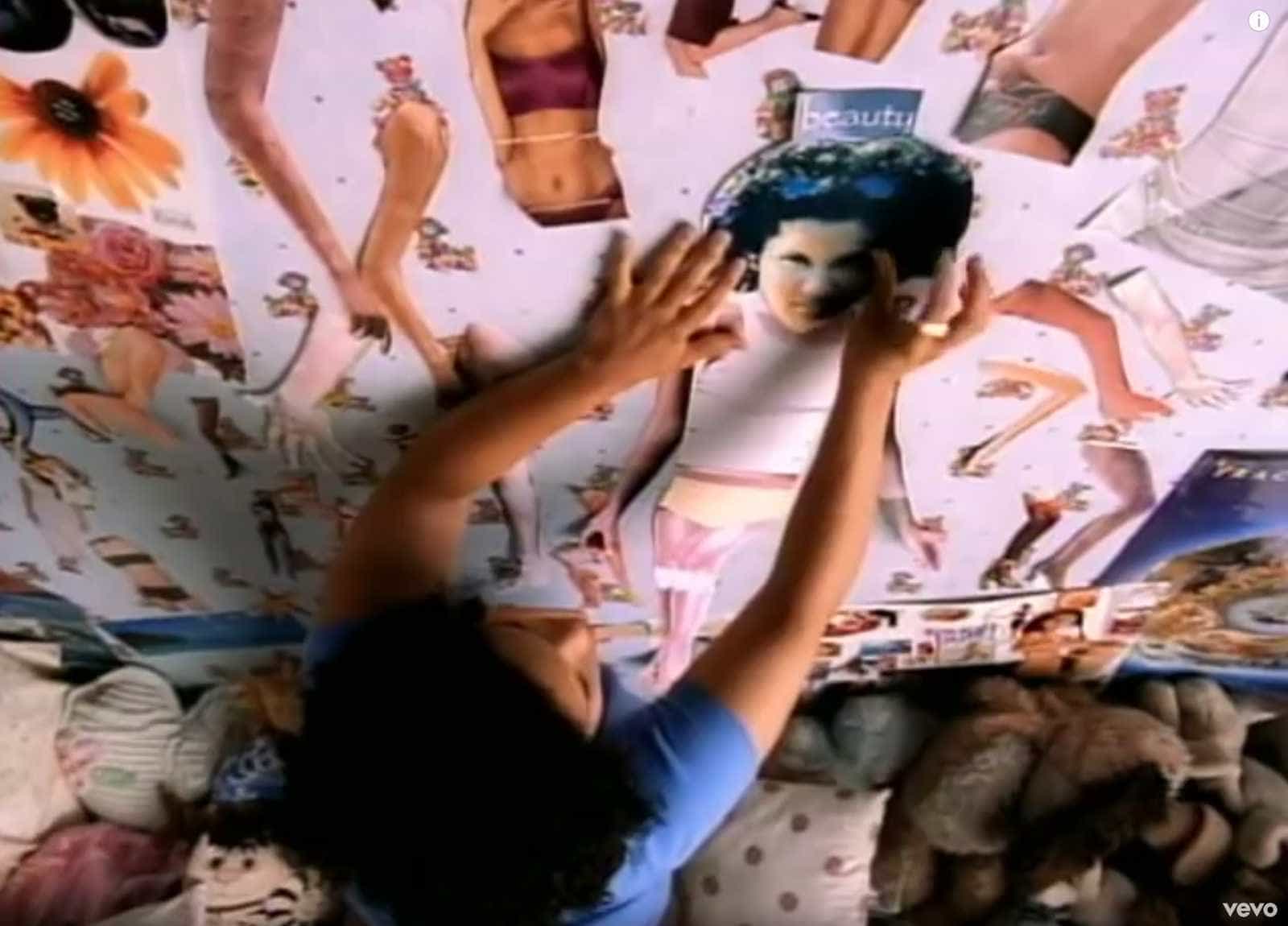
Objectifs‘ annual Women in Photography exhibition is always something I look forward to catching and writing about – and this year’s edition is as strong and thought-provoking as ever. Titled Collective Power, the show features an impressive roster of female photographers whose work seeks to empower and effect change within and across communities as diverse as Rohingya women in refugee camps in Bangladesh (Wong Maye-E‘s All I Have Left Are My Words), to women from the Arab world, fighting for the right to an education (Laura Boushnak’s I Read, I Write).
Two photographers’ works, however, resonated particularly with me. Theirs were more deeply personal works than some of the others in the show and, in both, the photographers were their own models or subjects. While each adopts drastically different visual strategies, they each speak to the struggle that I think women, in particular, face – to establish a strong sense of self and to battle society’s judgements about how we ought to look.
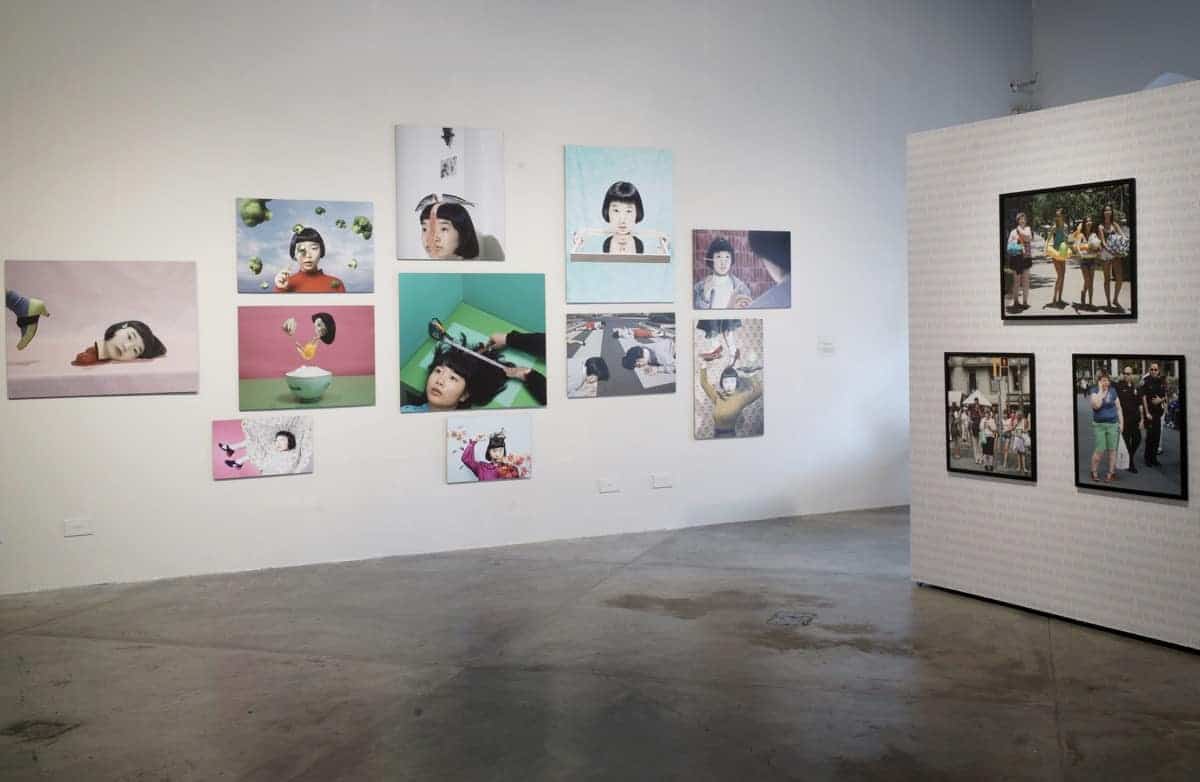
Izumi Miyazaki is only twenty-four but her Tumblr account, where she showcases her work, has already attracted thousands of followers and led to features in Time and CNN, among others. Dimunitive and soft-spoken, she explains, through an interpreter, that her series of quirky, humorous, surreal self-portraits, aptly and simply titled selfportrait, are her way of addressing and working through her own self-esteem issues. “There are two mes,” she says. “One despairs of me. Another doesn’t abandon me.” Confessing that she is painfully shy and introverted, she embarked on photographic self-portraiture to build her sense of self, to tell herself that, “I have something nobody else has” and, as she also says, “in order to dumbfound people”!
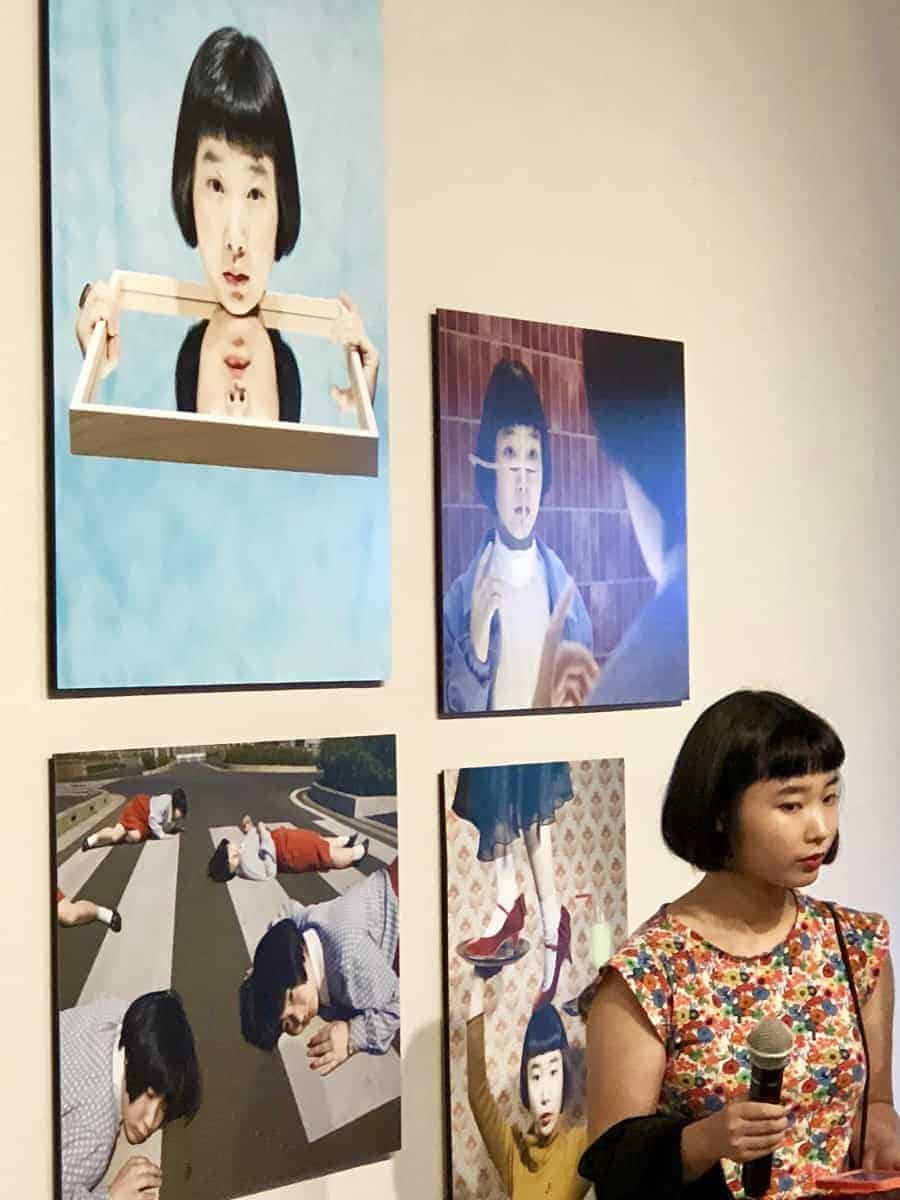
The “other self” that Miyazaki imagines and presents in her portraits is witty, playful and boldly offbeat, turning the kawaii aesthetic – that uniquely Japanese cultural phenomenon that celebrates all things cute, cuddly and adorable – on its head. In one of the works shown at Objectifs, Miyazaki’s decapitated head lolls against a pink backdrop, her insides, looking suspiciously like … canned plum tomatoes? … spilling out. Food features in many of her works. In another one, her head is split in half, like a cracked open egg, its bright yellow yolk frozen in mid-air over a bowl of rice.
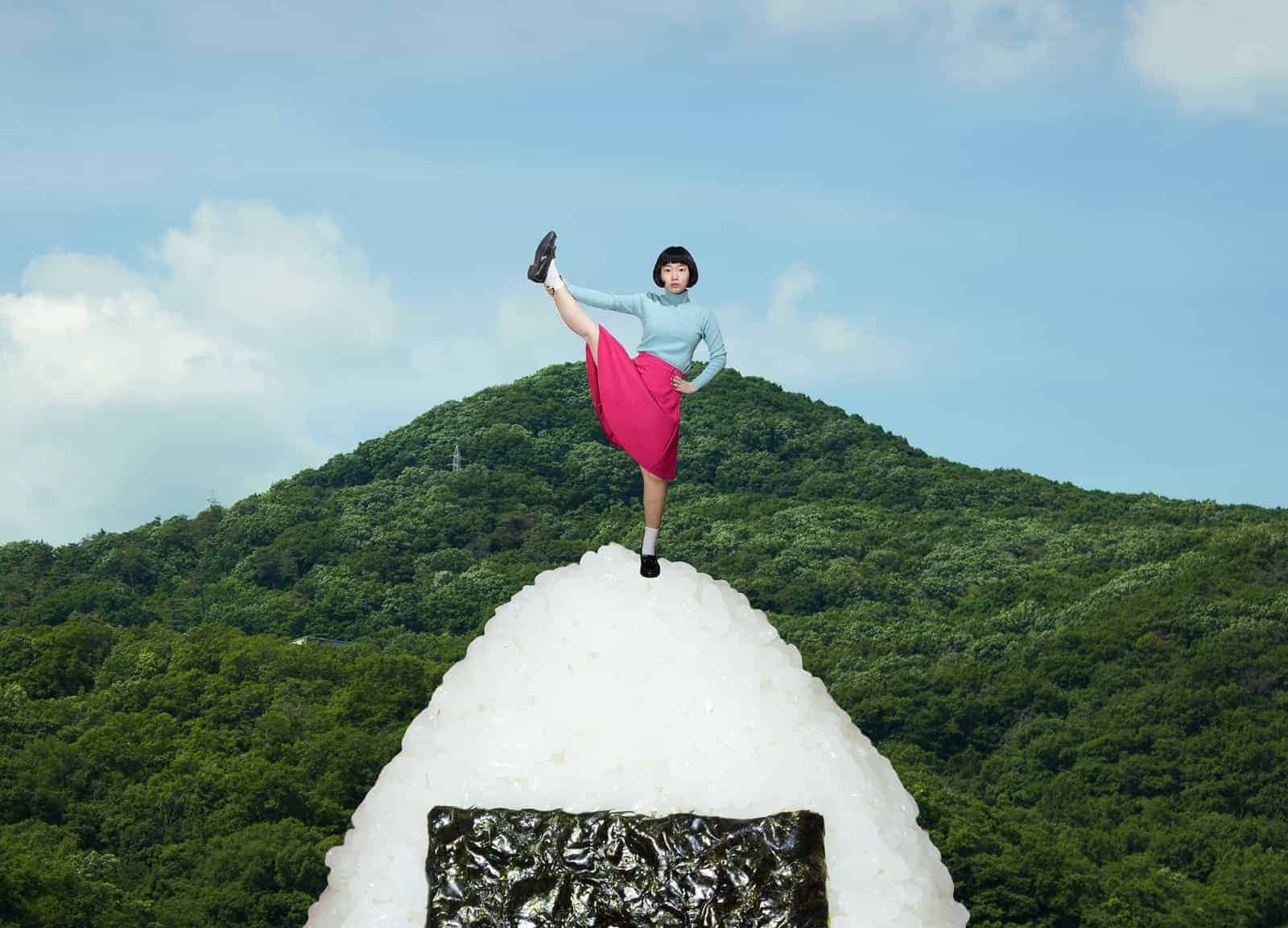
Miyazaki is the sole subject in her images. Even when there is more than one figure, they are all multiple versions of herself, conveying, it has been suggested, a kind of alienation. Miyazaki has explained that she uses the device of inserting multiple selves into her images to alleviate a pervading sense of loneliness that she has had since childhood. In Miyazaki’s works, we see a young woman fighting to overcome her feelings of inadequacy and isolation and bravely defining herself on her own terms.
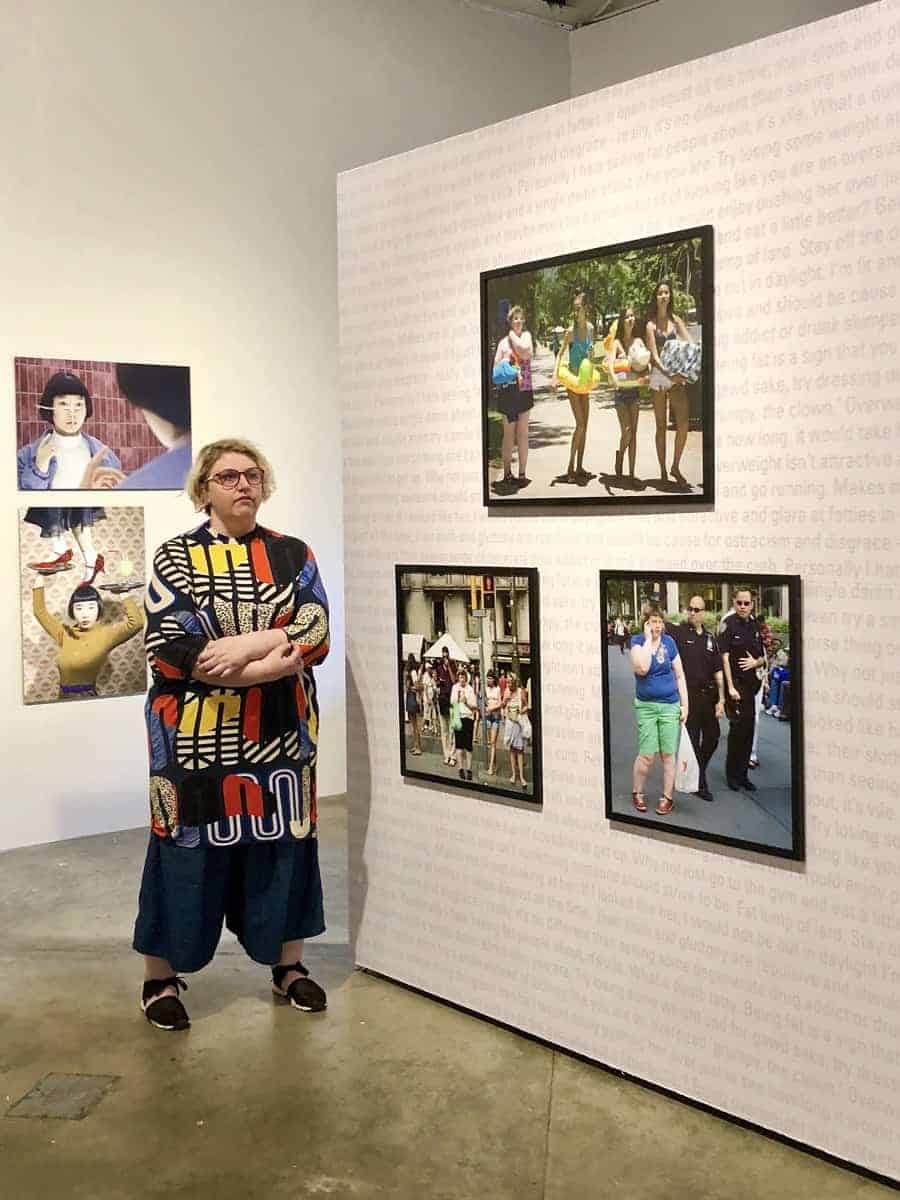
In the era of #MeToo and #TimesUp, when no less important a personage than the President of the United States himself has been called out for his objectification of women, his sexist remarks and his tendency to attack female opponents by criticising their looks, Haley Morris-Cafiero‘s series, Wait Watchers feels incredibly resonant and of-the-moment. In her professional bio, Morris-Cafiero describes herself as “part performer, part artist, part provocateur and part spectator” and the Wait Watchers project as “a performative form of street photography”.
“I have always had a hard time controlling my weight… [it] has determined my place in society and I have often felt left out and awkward,”
Several years ago, Morris-Cafiero was taking a series of self-portraits at Times Square in New York City, anonymous and inconspicuous, so she thought, in the pandemonium, cacophony and the crowds of people. She was suprised, however, when she later noticed, in one of the photographs, a man behind her who appeared to be looking at her and sneering. Several frames later, she again saw that the camera had captured another man giving her the side-eye. As someone who has struggled with her weight, the artist told The Huffington Post, “I’d heard people comment about me, but I never thought I could capture it on film.” The artist was intrigued by how people use their gaze to project emotions and how we interpret the looks of others. She decided to turn the gaze back on the gazers and started deliberately placing herself in public spaces, in order to capture those who were looking at and reacting to her. She estimates that she has taken thousands of photographs of herself in public, doing ordinary things like reading, talking on the phone and eating and has noticed that eating seems to solicit a response more often than any other activity.
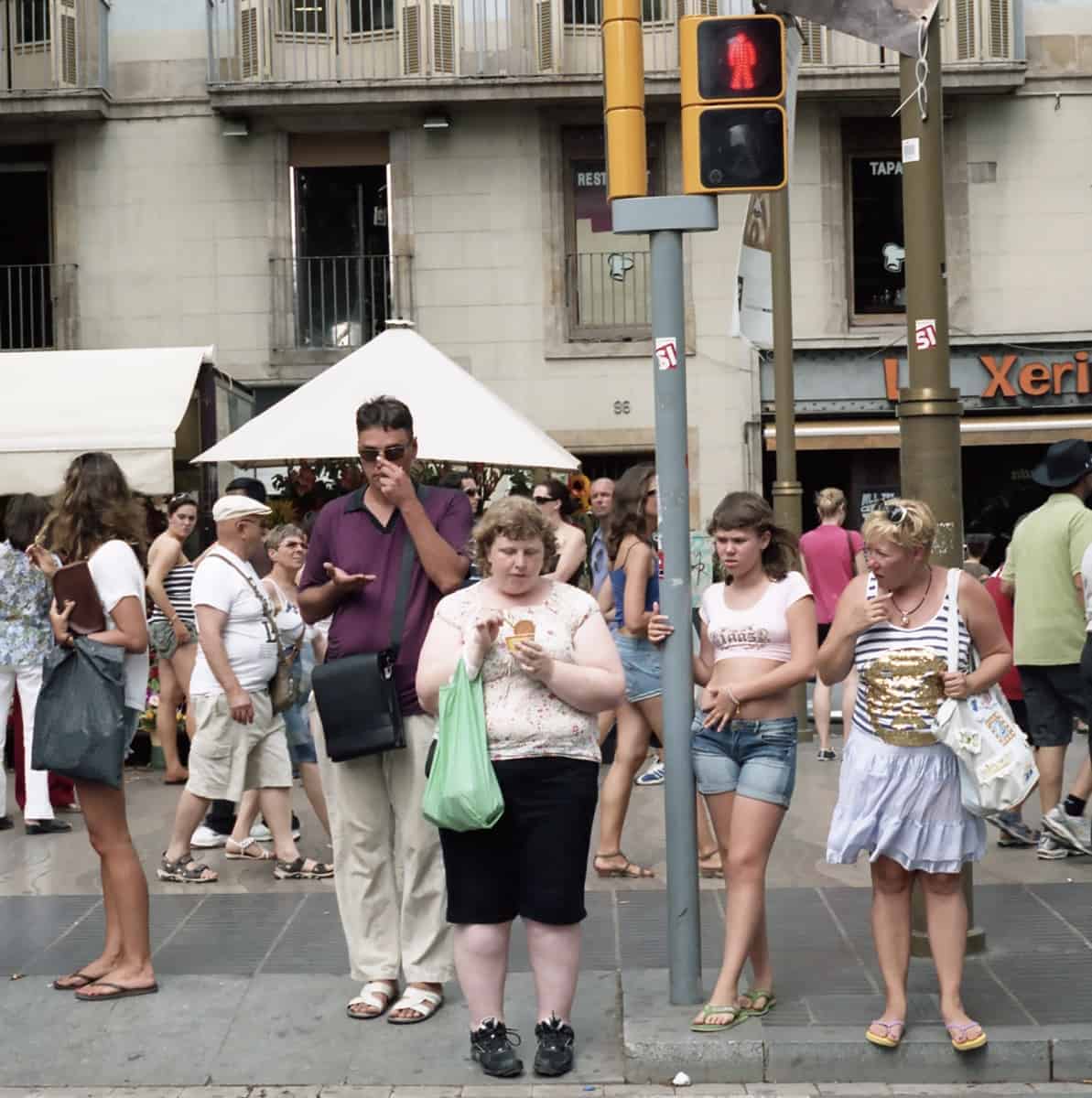
While the artist’s aim was merely to turn the gaze back onto the gazers and to start a conversation about it without necessarily assuming that the reason for their stares was because her weight, many articles about the project have, obviously, discussed it in the context of fat-shaming. While the photographs highlight the painful reality of walking through the world while obese, what they truly shine the spotlight on is the callousness, cruelty and, indeed, the ugliness of those who respond negatively.
But wait – there’s yet another layer to the story. We all know that there is no greater bully than the anonymous online bully. The vitrol that people are capable of unleashing online far exceeds anything anyone would say to someone’s face. When Wait Watchers was published as a monograph in 2015 and images from the project appeared online, Morris-Cafiero received tens of thousands of negative remarks and comments from all over the world like this one:
Fat lump of lard. Stay off the donuts and go running. Makes me ill just looking at her
(It is important to note that many people also spoke up in her defense against the bullies and she has received many positive and encouraging comments, applauding her courage and confidence.) In the ultimate act of empowerment, Morris-Cafiero turned the hatred, negativity, bullying and fat-shaming comments into yet another project, The Bully Pulpit, where she photographs herself costumed (with wigs and simple prosthetics) to look like the online profiles of the people who have subjected her to online abuse and bullying, overlaying the parodies with transcripts of their abusive comments and, in doing so, shaming the shamers.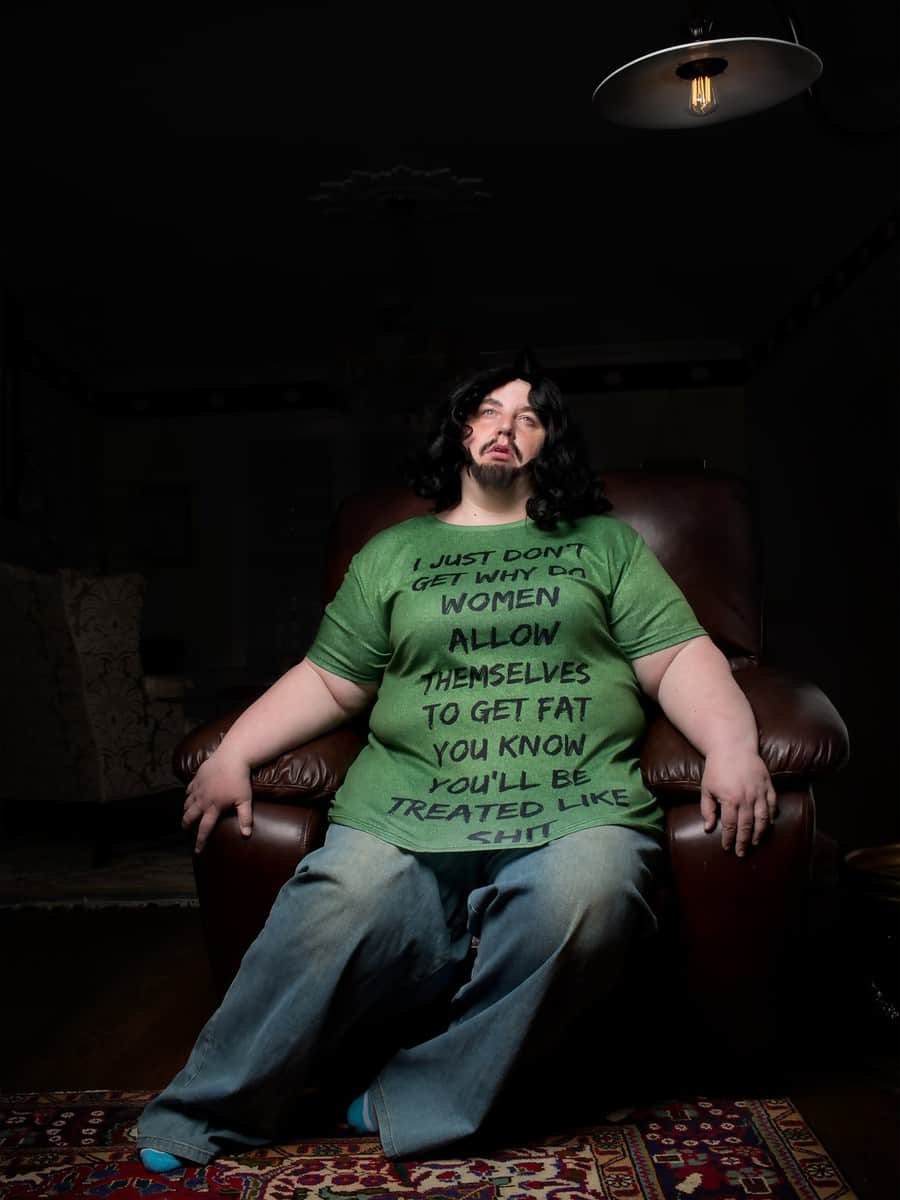 Miyazaki and Morris-Cafiero challenge society’s notions of what it means for a woman to be deemed attractive and worthy and, in doing so, inspire us to do the same. If you want to see these works and those of the 4 other equally brilliant female photographers, the Women in Photography 2018 exhibition is still on till 18 November 2018. Don’t miss it!
Miyazaki and Morris-Cafiero challenge society’s notions of what it means for a woman to be deemed attractive and worthy and, in doing so, inspire us to do the same. If you want to see these works and those of the 4 other equally brilliant female photographers, the Women in Photography 2018 exhibition is still on till 18 November 2018. Don’t miss it!
